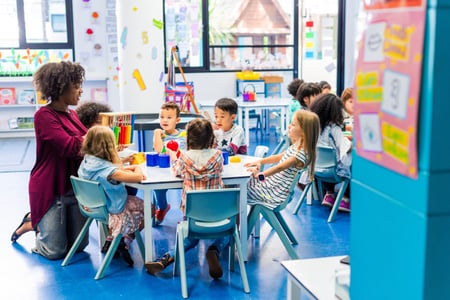Teacher Resources and Support Strategies for Overwhelmed Educators

Check out our blog for social-emotional learning articles, news, and more!
Webster-Stratton, C. (2012). Therapist Roles in Facilitating the Collaborative Learning Process. In C. Webster-Stratton Collaborating with Parents to Reduce Children's Behavior Problems: A Book for Therapists Using Incredible Years Programs (303-377). Seattle, WA: The Incredible Years.
While the collaborative learning process is the underlying structure for the Incredible Years process of intervention, within this relationship the therapist assumes a number of different roles. These include: building a positive relationship with parents; empowering par-ents; building family and group support systems; and using evidence-based teaching methods such as video mediation, experiential practice, self-reflective learning, coaching, leading and predicting change. Each of these roles is one specific expression of a collaborative relationship. In the next figure I have depicted the collaborative process as a jigsaw. The therapist’s job is to creatively and flexibly determine where and when to use each of the pieces of the puzzle; only when all the pieces are integrated will the collaborative learning process be complete and will the parents’ and children’s cognitive, emotional and social learning take place.





